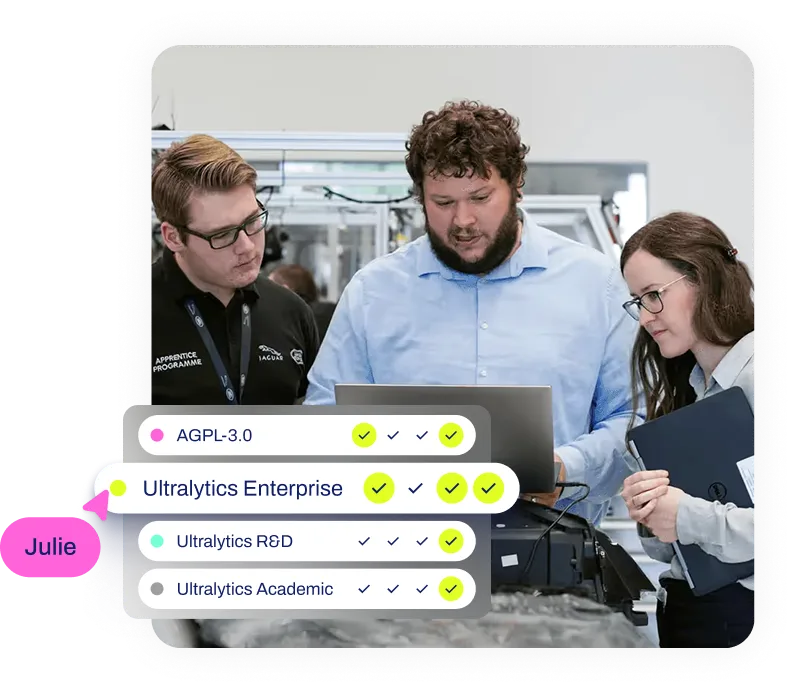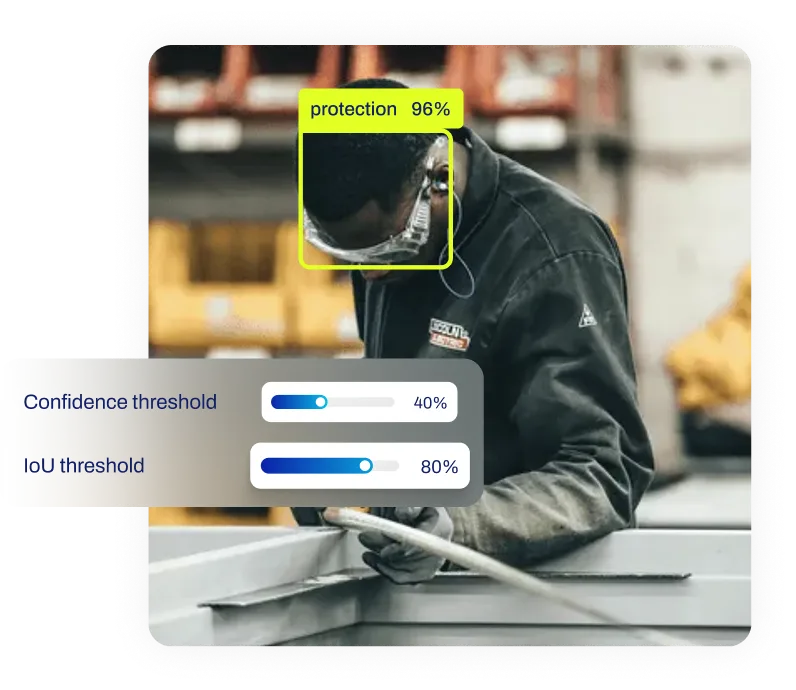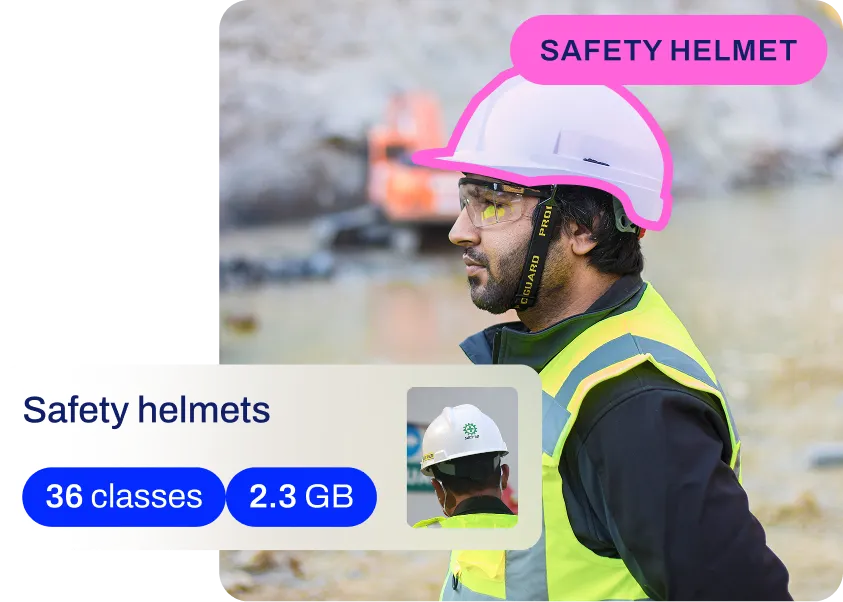Model Quantization
Optimize AI performance with model quantization. Reduce size, boost speed, & improve energy efficiency for real-world deployments.
Model quantization is a transformative technique in
machine learning designed to reduce the
computational and memory costs of running
neural networks. By converting the model’s
parameters—specifically weights and activations—from high-precision floating-point numbers (usually 32-bit, known as
FP32) to lower-precision formats like 8-bit integers (INT8), developers can significantly shrink the file size of the
model. This process is essential for enabling
efficient model deployment on hardware with
limited resources, ensuring that sophisticated AI capabilities can run smoothly on everything from smartphones to
industrial sensors.
How Model Quantization Works
The core mechanism of quantization involves mapping a large range of continuous values to a smaller set of discrete
values. In a typical deep learning model, parameters are stored as 32-bit floating-point numbers to maintain high
accuracy during the training phase. However, during
inference—the stage where the model makes predictions—this level of precision is often unnecessary.
Quantization compresses these values, which reduces the memory bandwidth required to fetch
model weights and accelerates mathematical
operations. Modern hardware, including CPUs and specialized
accelerators like GPUs, often have
dedicated instruction sets for integer arithmetic that are faster and more energy-efficient than their floating-point
counterparts. This optimization helps minimize
inference latency, providing a snappier user
experience in real-time applications.
Types of Quantization
There are two primary approaches to applying this optimization, each serving different stages of the development
lifecycle:
-
Post-Training Quantization (PTQ): This method is applied after the model has been fully trained. It
requires a calibration dataset to determine the dynamic range of activations and weights. Tools like
TensorFlow Lite offer robust
support for PTQ, making it a popular choice for quick optimizations.
-
Quantization-Aware Training (QAT): In this approach, the model simulates the effects of
quantization during the training process itself. By introducing "fake" quantization nodes, the network
learns to adapt to the lower precision, often resulting in better accuracy retention compared to PTQ. You can learn
more about this specific technique on our
Quantization-Aware Training (QAT)
page.
Real-World Applications
Quantization is a cornerstone of Edge AI, enabling complex
tasks to be performed locally on devices without relying on cloud connectivity.
-
Mobile Computer Vision: Smartphone apps that offer features like real-time background blurring or
face filters rely on quantized models. For instance, running an
object detection model on a phone requires high
efficiency to prevent battery drain and overheating.
-
Industrial IoT and Robotics: In
robotics, autonomous units often run on battery power
and use embedded processors like the
NVIDIA Jetson. Quantized models allow these
robots to process visual data for navigation and obstacle avoidance with minimal delay, which is critical for safety
in autonomous vehicles.
Implementing Quantization with Ultralytics YOLO
The Ultralytics framework simplifies the process of exporting models to quantization-friendly formats. The following
example demonstrates how to export a YOLO11 model to TFLite
with INT8 quantization enabled. This process automatically handles the calibration using the specified data.
from ultralytics import YOLO
# Load the standard YOLO11 model
model = YOLO("yolo11n.pt")
# Export to TFLite format with INT8 quantization
# The 'data' argument provides calibration images
model.export(format="tflite", int8=True, data="coco8.yaml")
Quantization vs. Other Optimization Techniques
It is helpful to distinguish quantization from other
model optimization strategies,
as they are often used in tandem but operate differently:
-
Quantization vs. Pruning: While quantization reduces the precision of the weights,
model pruning involves removing unnecessary
connections (weights) entirely to create a sparse network. Pruning changes the structure, whereas quantization
changes the data type.
-
Quantization vs. Distillation:
Knowledge distillation trains a smaller
student model to mimic a larger teacher model. Quantization can be applied to the student model afterward to further
reduce its size.
-
Quantization vs. Mixed Precision:
Mixed precision is primarily a training technique
that uses a mix of FP16 and FP32 to speed up training and reduce memory usage on GPUs, whereas quantization is
typically an inference-time optimization using integers.
Future Developments
As hardware accelerators become more specialized, the importance of quantization continues to grow. Future Ultralytics
research, such as the upcoming YOLO26, aims to push
efficiency further by designing architectures that are natively robust to aggressive quantization, ensuring that
high-performance computer vision
remains accessible on even the smallest edge devices.
For broader compatibility, quantized models are often deployed using interoperable standards like
ONNX or optimized inference
engines such as TensorRT and
OpenVINO.










.webp)

